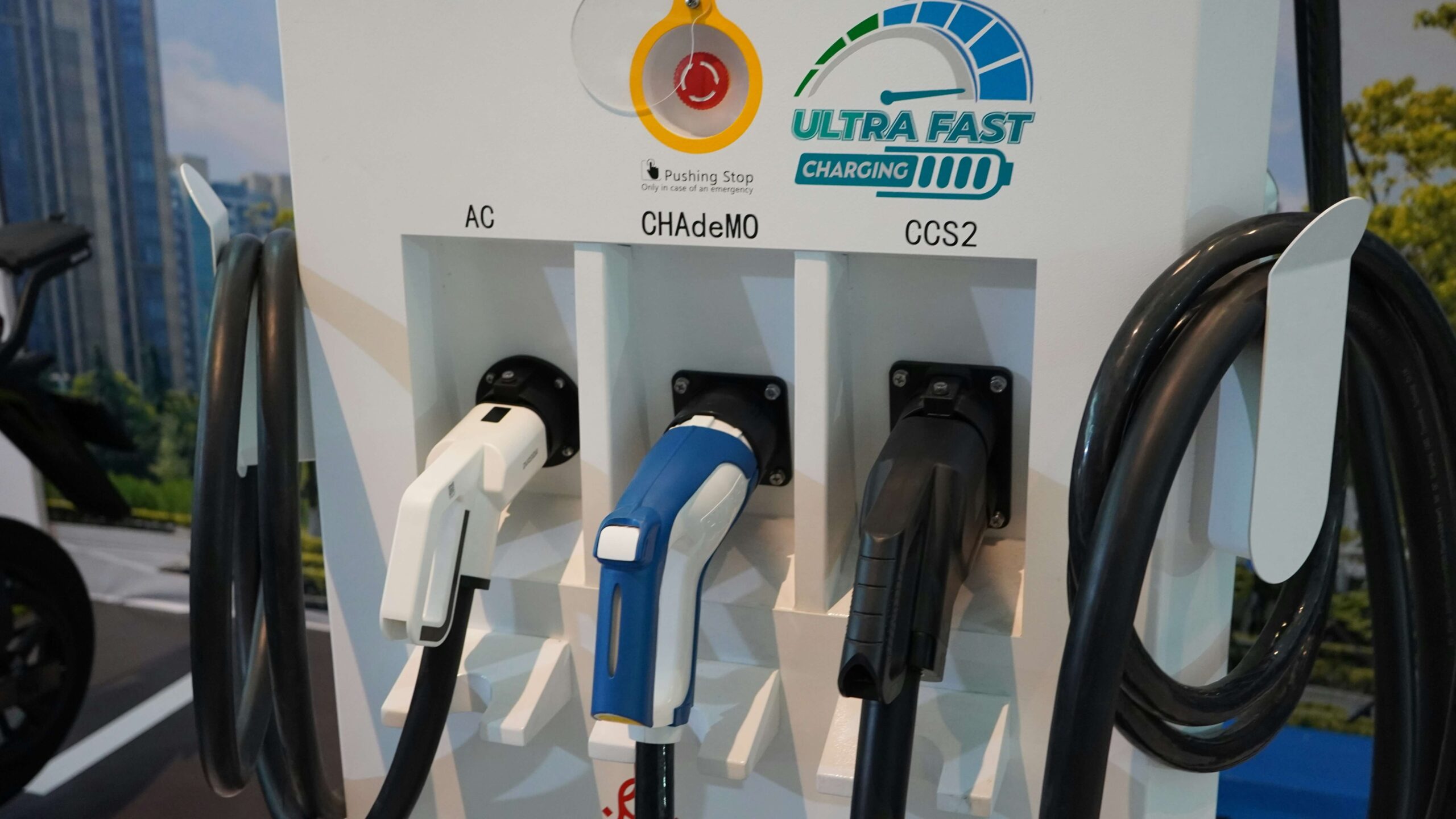If you’re stuck at a 9 to 5 job with no promotion prospects and colleagues you have nothing in common with, going freelance might seem like an option. More than 50 million workers in the US are freelancers, and the many contract works they do is known as the gig economy.
This phenomenon is quickly expanding and taking more and more of GDP each year. But we are not here to talk about numbers. Our question is – how can you participate in the gig economy, and is it a good prospect as a side hustle? Or, maybe, a replacement for your full-time job?
How do ‘gigs’ differ from traditional employment?
The modern gig economy brings a twist to an already existing mode of temporary work. Part-time, independent employees who come to work on a certain project are nothing new. Such an employment model has been around since at least the invention of the office.
But the gig economy that Uber, Amazon, and many others have created is unique in using digital platforms. You no longer need to go and sign a contract. In fact, you no longer need to meet anyone physically at all if you don’t want to. All you need is a smartphone and the right app.
The disappearance of human connection, for better or worse, is the main difference between traditional work (even temporary) and what is called gig work.
It must be noted here that traditional work is also in a major remake recently. Due to work-from-home possibilities following the COVID-19 pandemic, the need for physical offices is decaying. Workers must be almost ‘forced’ to get back to the office.
But still, the gig economy is much more flexible. You work without much contact with others whenever a good gig comes up. If you have good skills, you can work whenever you want. That ‘if’ is a big one, but some gig workers achieve it.
Let’s not pretend a gig worker can consider himself an entrepreneur while delivering food, but it’s undeniable that he has more flexibility. It’s a dream job of a freedom-loving introvert.
Downsides of gig-based work
If you think that such kind of work is for you, I don’t recommend rushing into it. Starting is easy,
but making real money without wasting or ruining your quality of life can be difficult.
Irrespective of the field you’ll be working in, you should consider these drawbacks of the
gig-based economy.
- Work-life balance. Many gig workers find themselves working not when they want but when they have work. This can only be solved if you are a highly competitive worker. Realistically evaluate your skills before starting.
- Retirement and other benefits. Sick days, vacations, and, most importantly, retirement plans are nonexistent when you are a full-time gig worker. You’ll have to take care of this yourself and should account for it in your rates.
- Lack of job security. There will be periods when you are out of work. A full-time employee is still paid when he has nothing to do, but you won’t. Consider ways to diversify your income or prepare for periods when work is lacking.
- High-competition. No matter how good you are, there will always be someone who is better at your job. You’ll have to find a way to sell yourself to keep the rates as high as possible.
Five most popular gigs you can start today
Most of the popular gigs will only require you to download an app and register to get started. The real challenge lies in making a profit from such activities. Below are five of the most popular gigs you can start with some tips on what is successful there.
Ride-hailing
Ride-hailing is a short-term transportation method where you take customers to their desired locations in your own vehicle. Uber, Lyft, and Bolt are the most popular options.
Since a freelance driver isn’t an employee of these companies, no one will provide a vehicle or pay for maintenance, gas, insurance, cleaning, and other related expenses.
Such flexibility is a double-edged sword. On the one hand, you will need to pay for most of the expenses yourself or find a company that will provide you with a car and its maintenance. If you are smart about it, you can optimize your working environment for the most profit.
Driving an economical car, buying gas in bulk, and servicing the vehicle yourself are all things that will help you make more money. You should consider them all as a system for making money from ride-hailing.
Scooter charging
If you don’t own a vehicle or driver’s license, you can still make it in the gig economy. One easy way is to charge a scooter. You simply register to an app that shows you scooters that are low on battery. You find them, bring them home, and charge. After a night of charging, you can return them to the street and receive a payout.
It’s a simple way of earning extra money. To make it a full-time venture, you must consider the costs of your time and electricity. Pawns.app has a great guide detailing how you can get started and some pro tips on how to earn more.
Delivery services
There are two main types of gigs in the delivery field. Food delivery is available for companies like DoorDash and Uber Eats, and package delivery is available for something like Amazon Flex.
In both cases, the tips for earning more are the same as for ride-hailing apps. However, since you aren’t transporting people, your expenses might be lower simply because you and your vehicle can be less presentable.
Wrapping up
Whatever your reasons for joining the gig economy, you should understand where you’re getting into. Hopefully, this short article has contributed to understanding what it takes to participate in gig-based work. I suggest starting with a few simple activities, like scooter charging, and then trying to find a more specific skill you could sell.

I am Marry Soni. Since 2015, I’ve been a blogger, and I adore writing. I greatly enjoy writing about survey and login guide. I maintain numerous blogs, including https://takesurvery.com/. pdpanchal@gmail.com is how you may get in touch with me.



![MagicAtMcD.com - McDonald's Magic Disney World Sweepstakes [2024] mcdonald's disney world sweepstakes](https://mytakesurvery.b-cdn.net/wp-content/uploads/2022/10/mcdonalds-disney-world-sweepstakes-150x150.jpg)

